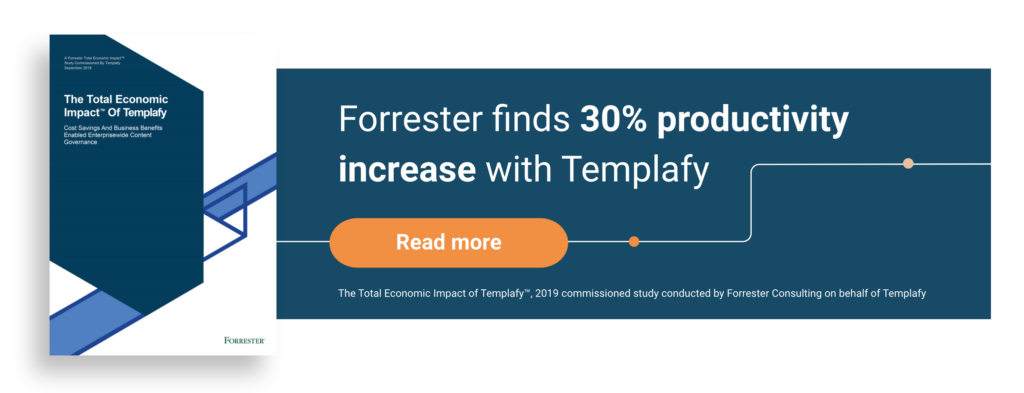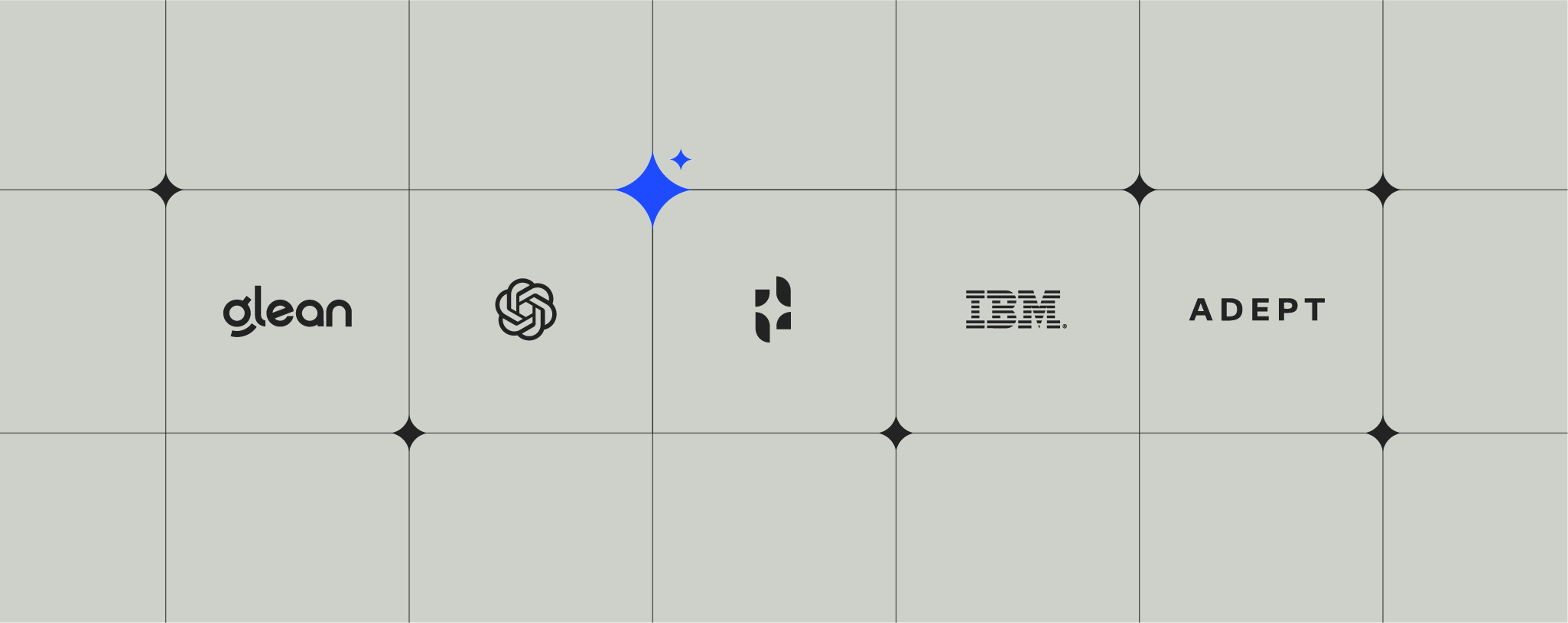Business enablement series: hybrid work requires hybrid tech

In May of this year, almost 40% of US adults* said they would consider quitting their jobs if their employers weren’t flexible about working remotely.
This past year may have been a forced experiment in remote work for a lot of companies, but the trend was already well established. And now that employees have gotten a taste for more flexible working conditions (while proving there is no negative impact on productivity), it’s going to be hard to imagine a lot of companies asking all employees to return to the office full-time.
However, while internet searches for web conferencing tools spiked last March with a 1,080% increase in traffic, solutions like Zoom and Slack are only a piece of the remote-tech puzzle. To truly make hybrid work effective, companies need a digital-first infrastructure that emphasizes collaboration and promotes business enablement.
Hybrid ≠ remote
While there’s a lot of attention being paid to remote work right now, hybrid work actually encompasses much more than the ability to work from home a few days a week.
Hybrid work accounts for the breadth of experience in the modern workplace. A hybrid environment is all about harmonizing the day-to-day experience of all kinds of work situations, including working from home, another office location, a co-working space, or a client site.
A hybrid environment — with its streamlined and cloud-based access — also makes it easier to onboard external consultants or freelancers who need access to company files and tools.
What’s clear moving forward is that there is no one-size-fits-all solution. A recent poll shows that while 73% of workers want to have the flexibility to work remotely, 67% also want more shared time in the office.
While there’s a lot of attention being paid to remote work right now, hybrid work actually encompasses much more than the ability to work from home a few days a week.
The challenges of hybrid work
In the US, 24% of employees said they think that a hybrid workplace will make it more challenging to manage company information like documents, content, and data. In fact, many workers think success will come down to technology, with over one-third of employees stating that they don’t believe their company has the right tech in place to support hybrid work.
The challenge for most companies looking to streamline flexible, remote work is that it’s not just the workforce that gets distributed — it’s also all of the business content that gets produced every day. Reports, presentations, pitches, estimates, contracts, and emails all need to be saved, shared, and organized to maintain cohesion and avoid lost work or duplicate efforts.
Microsoft recently released survey results showing that over the past year the number of people working in shared Office documents rose by 66% — emphasizing how our collective digital output increases when we’re working in a more distributed environment.
When looking to create a tech stack that flexibly supports hybrid work in all of its forms, it’s important to find a solution that integrates across the most lived-in business apps and enables connectivity every step of the way.
The business enablement tech stack
Business enablement is a concept that reprioritizes a company’s tech by shifting the focus away from individual features or tools and towards an inclusive array of company-wide solutions that help teams and individuals contribute high-value work.
Used correctly, a business enablement tech stack makes work location-agnostic and streamlines onboarding and training while increasing productivity. At its core, this kind of tech stack connects the needs of the business — to centrally manage and organize work — with the needs of the employee — to use and produce business content.
This structure increases productivity and supports connectivity whether people are sitting around the same conference table or on opposite sides of the world.

The total economic impact of Templafy
We asked Forrester to complete a Total Economic Impact study of our platform and they produced the numbers. Their study finds that organizations with 10,000 users see a 1,239% ROI after implementing Templafy.
Creating space for new talent
Remember that stat* from the top of the article?
For Millennials and Gen Zers, the number of employees who would quit if their employer didn’t offer remote work rose to a staggering 49%.
If companies want to attract and retain talent, they need to find a way to make hybrid work as effective as any model we’ve tried before. That will require a radical shift away from localized knowledge hubs and in-person check-ins toward a fully digital, distributed system of information sharing and governance.
Investing now in the proper tech stack can help prevent a distributed workforce from becoming a disconnected workforce.
Download the business enablement report to learn more about new ways of enabling employee efficiency. Or check out our other articles on business enablement here.
Data source: Templafy research
An online survey of adult full-time employees who work in companies of 100 employees or more, was conducted by Propeller Insights between March 26th and March 27th, 2021. Respondents opted into an online database, from there, they were targeted based on demographics. To further confirm qualifications, respondents were asked to verify their information in the survey itself, self-identifying qualifications, with the maximum margin of sampling error was +/- 3 percentage points with a 95 percent level of confidence.
***
This article is part of our series exploring the topic of business enablement. Follow our series right here as we focus on all aspects of the tech that’s set to define the future of work.


